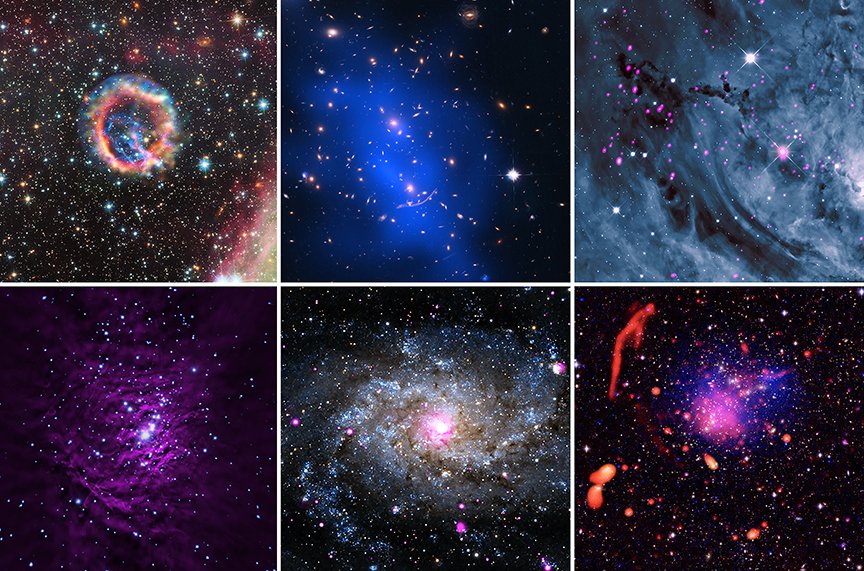For Christmas many of us spent a lot of time to setting up decorations under our roofs, lighting up our towns and cities and making things festive and bright. But the celestial formations which stretch across the universe don’t need the Christmas season to be radiant. NASA decided to showcase the best Hubble and Chandra X-Ray images which really mark the celestial decorations across the universe.
Scientists working with the Hubble Space Telescope, released an image of the beautiful star called RS Puppis which can be seen from the Southern Hemisphere. Hubble, which faced some difficulties with the gyroscope earlier this year, observed the beautiful star and the sparkling dust around it. The scientists named the image which celebrates the celestial decorations across the universe “holiday wreath made of sparkling lights.”
“The super star is ten times more massive than the sun and 200 times larger,” NASA officials said in the description of the RS Puppis, which is located about 6,500 light years away. “RS Puppis rhythmically brightens and dims over a six-week cycle. It is one of the most luminous in the class of so-called Cepheid variable stars. Its average intrinsic brightness is 15,000 times greater than the sun’s luminosity.”
However, the Hubble team is not the only one to be festive this year. NASA’s Chandra X-Ray Center also released a larger set of photos known as a “cosmic holiday assortment” full of vibrant galaxies, supernovas and nebulas which celebrate the Christmas season with their specific colors.
The photos of the celestial decorations across the universe were all taken by the Chandra X-Ray observatory which launched back in 1999. The telescope was named after the Nobel laureate and astrophysicist Subrahmanyan Chandrasekhar. The telescope is particularly useful for searching distant clusters of galaxies, supernovas and nebulas, while also observing high-energy signals. Scientists also used it to research the mysterious dark matter.
However, to make the images even more accurate and as beautiful as they are, NASA scientists used the scientific data from instruments from the Very Large Telescope (VLT) in Chile, the Hubble Space Telescope and the Very large Array (VLA) in New Mexico.
The top left image shows E0102-72.3 which is a large ring of dusty material made by the explosion of a massive star located near to the Small Megellanic Cloud. The second image shows Abell 370 which vibrates a beautiful texture of blue at its center. There are hundreds of galaxies of which this cluster is made of.
The top right image shows a pink glow and belongs to the Lagoon Nebula, which emits high-energy light emissions, which are closely picked up by the Chandra X-Ray Observatory.
The Orion Nebula should be familiar to everyone, especially because it can be seen with the naked eye, which is below the middle of the three stars of the belt in the constellation of Orion. However, the Chandra Ray can see even more details, while the purple texture comes from the VLA radio emission observations.
Messier 33, is a spiral galaxy in the lower mid image, and it is quite far away at about 3 million light years from Earth. Chandra picked up a lot of objects in it, including neutron stars and black holes which pull in the materials from nearby stars.
The last in the imagery of the celestial decorations across the universe is Abell 2744, a composite image which reveals what remains after a super-large collision which involved four separate galaxy clusters, at a distance of roughly 3.5 billion light years away. Scientists also call it “Pandora Clusters” because it sports a great variety of structures inside of it.





